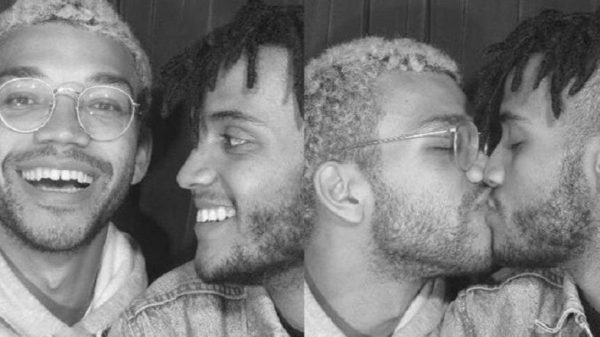A new era has begun.
An era in which conversations about diversity in representation has forged its way to the top of the list in the media and popular culture discussion. With this, we are seeing an emergence of leaders, creators, and cultural producers who are POC, queer, female, trans, sexually fluid, etc. creating without apology. These creators are doing the work, being seen, and finally being applauded for contributing meaningful content and culture, and forcing the important and often uncomfortable conversations that we need to have as a society.
With this new wave of acceptance and visibility within media, a seemingly unquenchable thirst for content and new faces has been created within LGBT subculture. With the successes of actors like Laverne Cox and the growing cult following of FX’s new show “Pose,” the trans woman has been brought from within LGBT culture and into the forefront of the mainstream and is now being celebrated with no apology — a status once only afforded to cisgender, gay white men. It’s been a long time coming, and with trans women still being targeted for violence in everyday society, it is a much needed respite.
Now we yearn and demand more and more content that represents us. All of us. And we will drag you to the deepest corners of Hell and back if you even attempt to misrepresent us (See ScarJo).
Even still, with mainstream visibility growing and acceptance slowly (but steadily) creeping close behind, there is one area of improvement that would literally break open the shell of true representation and visibility for the LGBT community. The growing successes of the aforementioned actors and programs that have thrust a much needed spotlight on our trans sisters, although wonderful and needed, begs the question— what about trans men? What about our MOC (masculine of center) folks?
Where are there roles being created for trans men and MOC women? Why aren’t these stories being readily told with the same amount of enthusiasm? We remember films like “Boys Don’t Cry,” for which Hillary Swank played the role back in 1999, but why aren’t trans men being sought after for these roles or any at all? Perhaps the shows representing the MOC and trans man experience are still being written. This is a loaded question with many complex answers and components, but one thing always rings true: depictions of beauty, worthiness, and sexuality, which media is filtered through, is done so through the cisgender, male dominated lens of our heteronormative society.
Whew, that was a mouthful, but let’s break it down.
What is “acceptable,” is as fluid as this lense allows it to be. Meaning that, although there is this emergence of trans women being ushered into the conversation through our TV screens, they are being eased in slowly and very much controlled in digestible bites. Because we all know society can’t handle too much at one time, honey.
Our society is a superficial one. Obsessed with the pretty, the youthful, the exotic. Controlled by the masculine but motivated by the feminine. So what media’s newly found love and presentation of trans women reads is that although our community’s diversity is being represented, it is being done so with the caveat that only what fits into the parameters of the heteronormative standards of beauty will be allowed. The pretty, the aesthetically appealing, the “Yaaaassss.” It is the reason why drag brunches are so popular among straight women, and why even the gay bashing straight woman subscribes to the occasional gay male or trans woman run YouTube makeup channel.
Even the the unprecedented success of shows like RuPaul’s Drag Race, (even though it is a show about drag queens and not trans women) represents just that— the pretty, the unattainable beauty standard, the “sexy.” We are obsessed with the “transformation” of (or into) beauty that is shown, while trans men and MOC women are more often looked at with a level of caution and unwillingness. Not to mention the continued abuse and violence against lesbians, especially MOC lesbians, that continuously flies under the radar.
But in an LGBT community where MOC and trans men are made to be the “other” of the other, it comes as no surprise that mainstream media has not yet grown to accept and want trans men and MOC women represented. And in the case that there is a half assed attempt— as with the case of Rupert Sanders casting Scar Jo for the movie “Rub & Tug”— society has yet to look at our MOC and trans male folks with a kind eye rather than one of alienation or hyper judgement.
There is so much work to be done, and there will never be a quick fix or magic marker, but as a community and subculture that battles such divisiveness from the outside, representation begins with us. We must change the narrative of the way in which we hold space with our trans men and MOC women before we can truly celebrate or expect reflections of us. Before we can wholeheartedly say that we are a community that wants equality, fair treatment, and representation for all.
Cover photo: One True Voice


Comments
0 comments